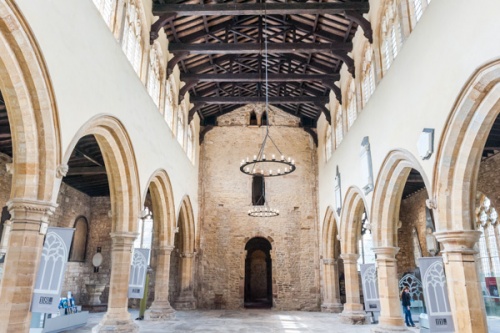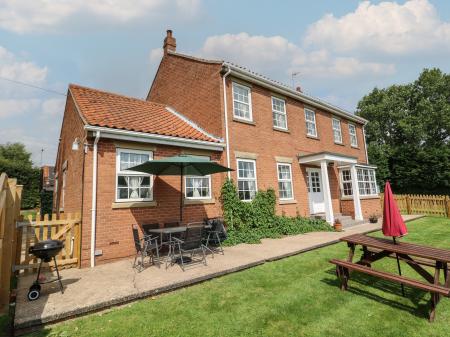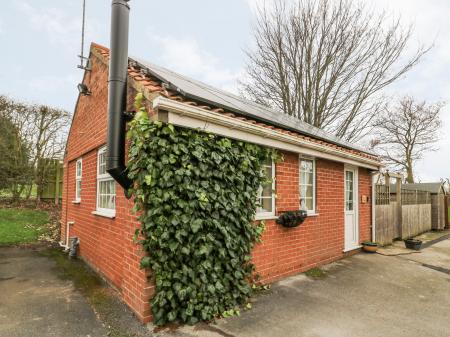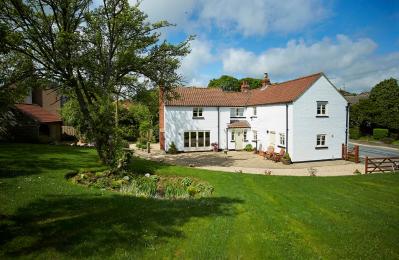
Study of the bones has produced amazing insights into the lives of our ancestors, giving scientists rare insight into the diet and medical history of those who were buried here. The burials also provide a glimpse of medieval burial and medical practices. A new interactive exhibition, entitled Bones Alive, makes these findings accessible to the visiting public.
Included in the displays are a special exhibit which traces the life stories of three people, as told by what we have learned from their bones and burial. Also among the exhibits is a skeleton from the reign of King Canute, restored to his original wooden coffin.

History
The first church on this site was erected in the late 9th or early 10th century, on the site of an earlier Saxon manor and cemetery. That simple church consisted of a central tower, nave, chancel, and baptistry. In the second half of the 11th century, the church was rebuilt with a more substantial tower a larger nave and chancel, and an apsidal sanctuary.
The church was further extended after the Norman Conquest, and in the 12th century a south porch and aisle were added. A north aisle was added in 1200, and both this and the south aisle were widened in the 13th and 14th centuries.
The tower, in particular, is a beautiful example of late Saxon work, and the church must rank among the finest examples of Anglo-Norman architecture in England.






 We've 'tagged' this attraction information to help you find related historic attractions and learn more about major time periods mentioned.
We've 'tagged' this attraction information to help you find related historic attractions and learn more about major time periods mentioned.


